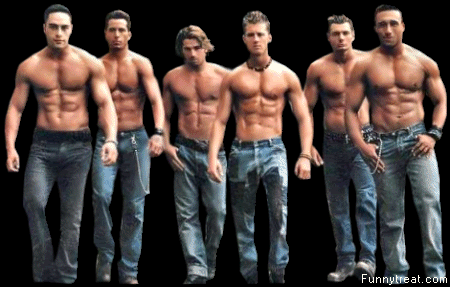 The second proposal is for a Lunar X-ray Observatory (LXO), and it began with the mysterious case of the glowing comet. In 1996, a team of scientists including Goddard's Dr. Casey Lisse (now at Johns Hopkins University) and Dr. Michael Mumma observed comet Hyakutake with the ROSAT satellite. They were surprised to see it glowing in soft (low-energy) X-rays. This was unexpected because X-rays are usually given off by hot things in the universe, and comets, being a lump of ice and dust, are cold.
The second proposal is for a Lunar X-ray Observatory (LXO), and it began with the mysterious case of the glowing comet. In 1996, a team of scientists including Goddard's Dr. Casey Lisse (now at Johns Hopkins University) and Dr. Michael Mumma observed comet Hyakutake with the ROSAT satellite. They were surprised to see it glowing in soft (low-energy) X-rays. This was unexpected because X-rays are usually given off by hot things in the universe, and comets, being a lump of ice and dust, are cold.
It was actually the breath of the sun causing the glow, according to Dr. Thomas Cravens of the University of Kansas, Lawrence, a member of the LXO team. The sun continually blows a thin gas of electrically charged particles (plasma) into space in all directions. This is called the solar wind. Cravens knew that the solar wind contains atoms with a lot of positive electric charge (oxygen and iron ions). Since opposite electric charges attract, he reasoned that these positive solar wind ions would steal negatively charged electrons from electrically neutral atoms emitted by the comet as its surface vaporized. The ion with the stolen electron would initially be highly energetic, but as it relaxed to a less energetic state, it would get rid of the extra energy by emitting a soft X-ray. This phenomenon, dubbed Solar Wind Charge Exchange, or SWCX, was responsible for the mysterious X-ray glow around the comet. also used to soil sample





No comments:
Post a Comment